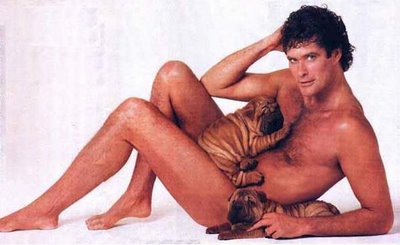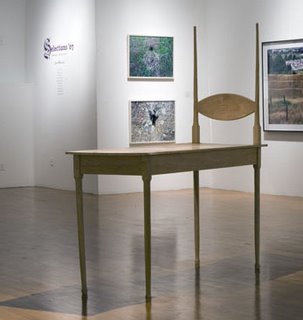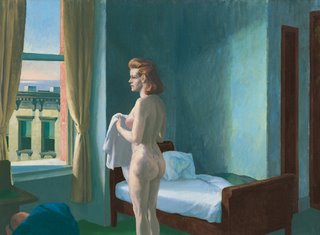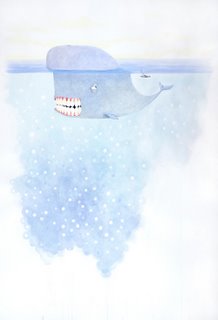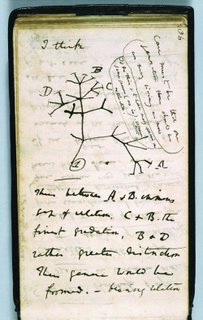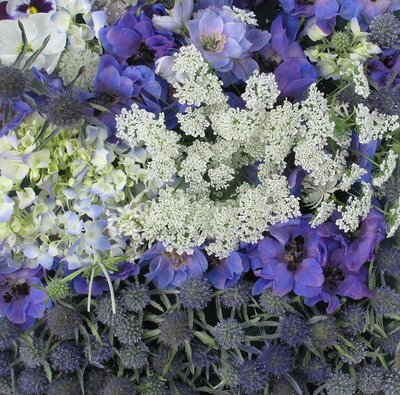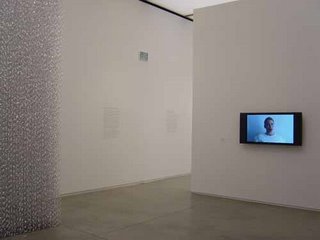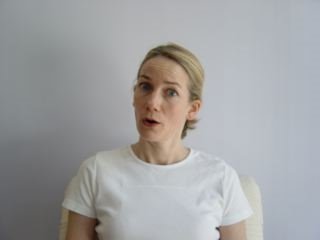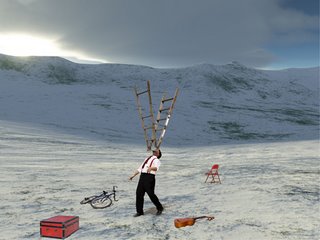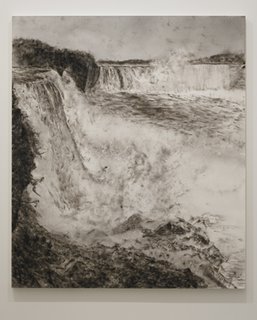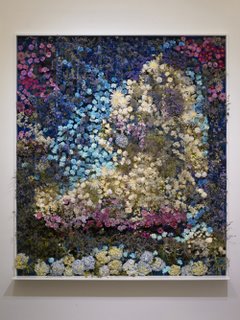Gardner study on arts education
“Learning to look at art is a particularly effective way to help elementary students develop critical thinking skills,” according to a report on a three-year study by Boston’s Isabella Stewart Gardner Museum that was released Thursday.
The study represents another step in the arts community’s efforts to empirically demonstrate the value of the arts – and thus why they deserve government and private funding. As the museum says, “At a time when educators are concerned about the narrowing of the curriculum under the pressure of high-stakes testing, the study shows the value of art museums as a resource for the K-12 community.”
Gardner educators directed the study with help from researchers from the Maryland-based nonprofit Institute for Learning Innovation and consultants from the New York nonprofit Visual Understanding in Education. The work was supported by a $750,000 grant from the U.S. Department of Education in 2003.
The Gardner study compared the skills of students from students in grades three to five from two local schools who made multiple guided visits to the museum over three years to look and talk about art as part of its School Partnership Program to students who did not.
The findings overview says:
But the museum reports that related Department of Ed-funded research at the Guggenheim Museum in New York and the Wolfsonian museum in Florida
The study represents another step in the arts community’s efforts to empirically demonstrate the value of the arts – and thus why they deserve government and private funding. As the museum says, “At a time when educators are concerned about the narrowing of the curriculum under the pressure of high-stakes testing, the study shows the value of art museums as a resource for the K-12 community.”
Gardner educators directed the study with help from researchers from the Maryland-based nonprofit Institute for Learning Innovation and consultants from the New York nonprofit Visual Understanding in Education. The work was supported by a $750,000 grant from the U.S. Department of Education in 2003.
The Gardner study compared the skills of students from students in grades three to five from two local schools who made multiple guided visits to the museum over three years to look and talk about art as part of its School Partnership Program to students who did not.
The findings overview says:
“Treatment students had more to say about works of art than did control students, making more observations and noticing more details about art objects. On average, treatment students talked about twice as much as control group students, a significant difference. Students’ use of evidence to support their statements about artworks also differed significantly between treatment and control groups, with treatment students significantly more likely to offer justification for their ideas.The Gardner study leaves it unclear how much these skills transfer to non-art subjects or situations. One place researchers did look outside art was performance on Massachusetts MCAS tests, but found “no statistically significant differences” between students who participated in the museum program and those who did not. The museum’s education program leader Margaret Burchenal said the state tests don’t measure critical thinking skills – and besides, “studies show that it is possible for this kind of learning to take some time to show up in standardized test scores.”
But the museum reports that related Department of Ed-funded research at the Guggenheim Museum in New York and the Wolfsonian museum in Florida
provide a collective, compelling and corroborated argument for the substantial quantitative value of museum education programs for elementary students – and the Gardner’s place in this larger story. The Guggenheim study showed a correlation between artists’ classroom visits and improved literacy in students involved in their “Learning Through Art” program. The Wolfsonian’s findings, released in March 2006, saw significant improvements in reading and mathematics as a result of its intense 10-week “Artful Citizenship” program.






